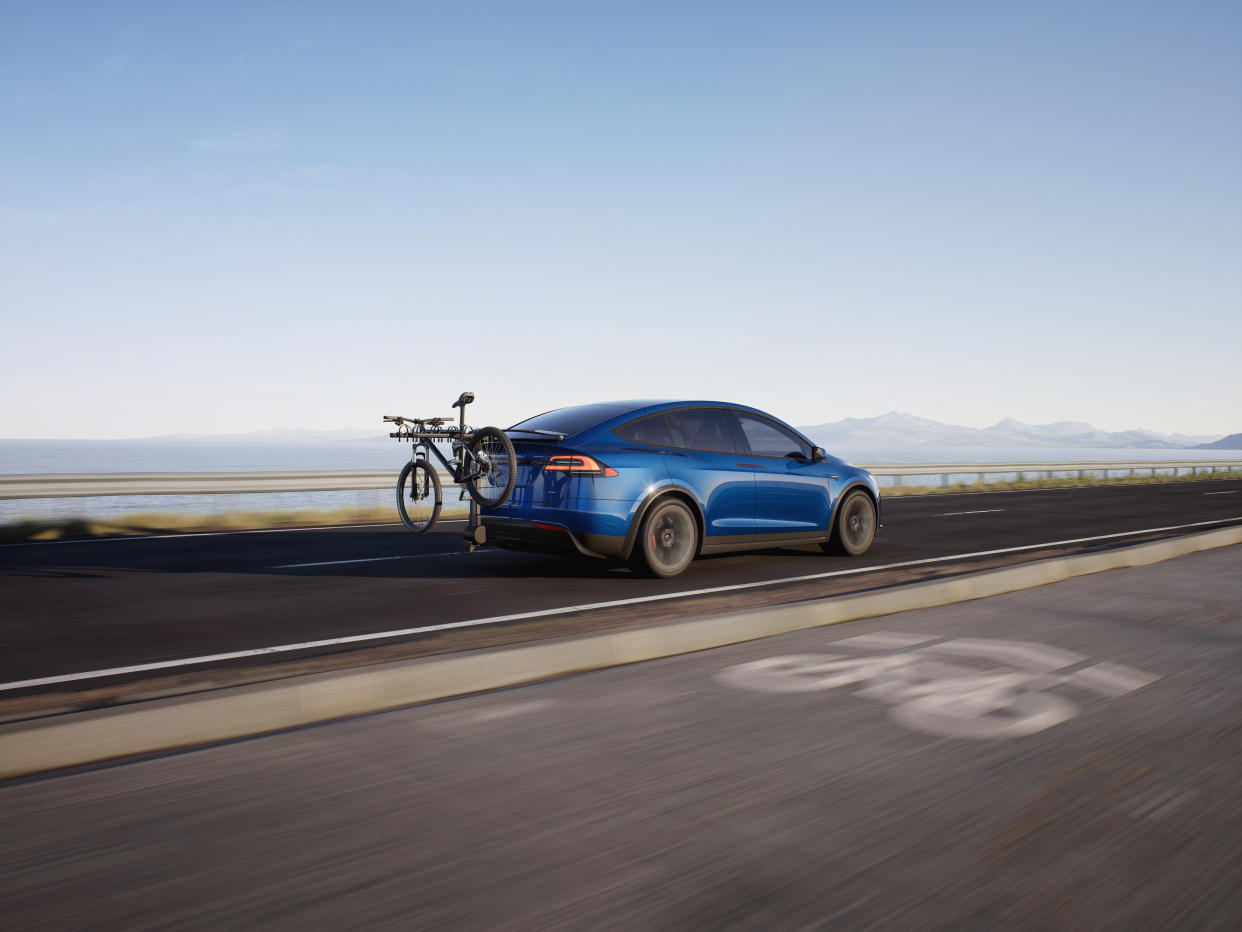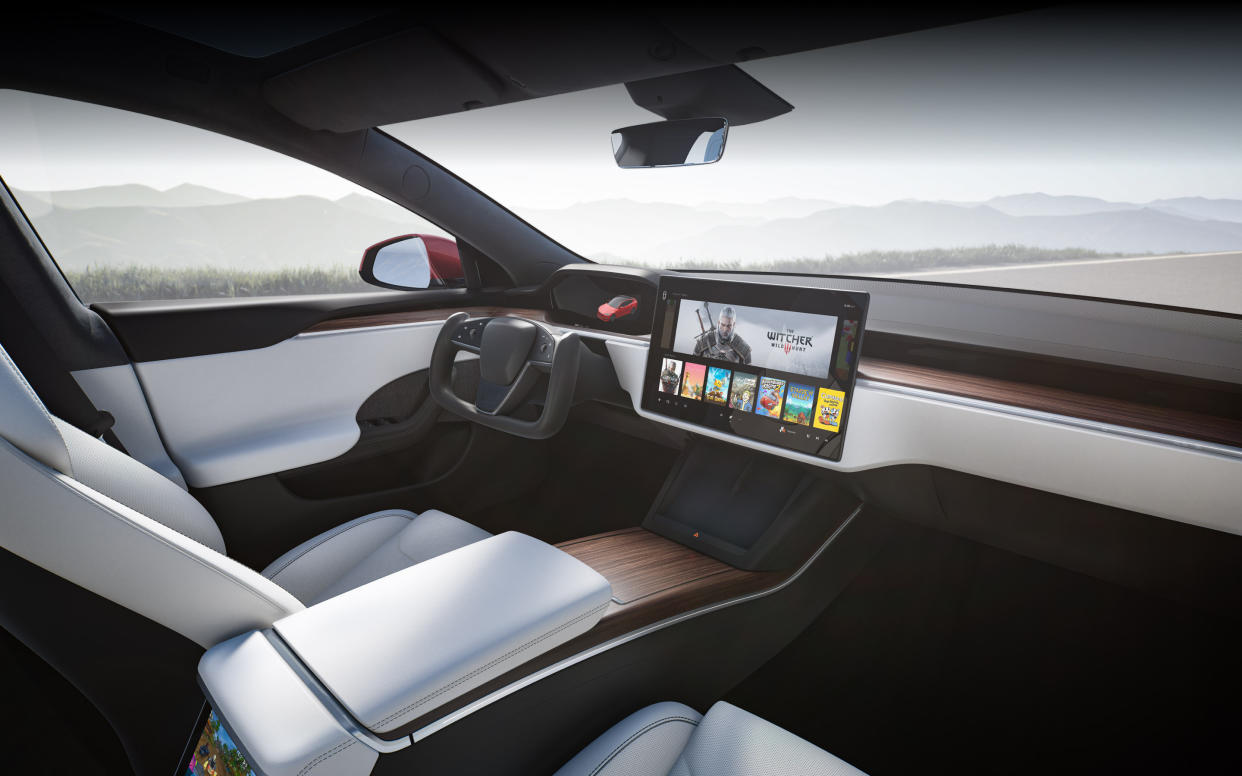Tesla reports record $1 billion income for the second quarter of 2021
Tesla has reported record incomes for Q2 2021, surpassing $1 billion (£726m) for the first time in a quarter.
Total revenue grew 98 per cent year-on-year, which the firm puts down to a large increase in vehicle deliveries compared with the height of the pandemic.
Gross profit margins from its automotive operations were 28.4 per cent, up slightly on previous quarters despite less reliance on government credits.

In the United States, manufacturers earn ‘credits’ based on low-emission vehicle sales compared with targets. As an EV-only manufacturer Tesla has a lot of these, and can sell them to other manufacturers who are struggling to meet their targets.
Over the period, the company built and delivered more than 200,000 cars thanks to massive growth in demand for the Model 3 and Model Y outweighing declining Model S and Model X sales.
Production of the Model 3 and Y, the firm’s ‘mainstream’ models, was up 169 per cent year-on-year. Although these figures compare with a period of global lockdowns, Tesla’s online-only sales model made it particularly resilient as other manufacturers were hit by dealership closures, so the increase in production is also down to increased factory capacity and demand.
I was at Giga Texas yesterday. Team is making excellent progress. Building will be almost a mile long when complete.
— Elon Musk (@elonmusk) July 25, 2021
Sales of these vehicles have been increasing in every quarter since the start of 2020, and are more than 20,000 up on the first quarter of this year. Model S and Y sales were down 63 per cent, but Tesla says this is related to ‘product updates’.
The American electric car firm did appear to temper expectations for the rest of the year, though. The industry has been hit hard by a shortage of semiconductors, which are computer chips used in a wide variety of electronics and vital to modern cars.
Tesla says it has worked hard to mitigate issues related to this so far, but warned ‘component supply will have a strong influence on the rate of our delivery growth for
the rest of this year’.

Earlier this year, the company announced ‘Tesla Vision’, which is its next-generation self-driving technology. Typically, car manufacturers use a combination of cameras and radar systems to interpret the world around the vehicle and adapt the vehicle’s speed and direction.
However, Tesla is convinced that a camera-based system is the future, and will no longer sell vehicles with radar fitted. It notes there may be some early limits to its ‘Autopilot’ functionality, but it has ‘enough data’ to make this switch now.
In its Q2 report, Tesla said: “Solving full autonomy is a difficult engineering challenge in which we continue to believe can only be solved through the collection of large, real-world datasets and cuttingedge AI.”
In the future, Tesla has aggressive growth plans. It is forecasting that its production capacity will increase 50 per cent annually for the next few years.


